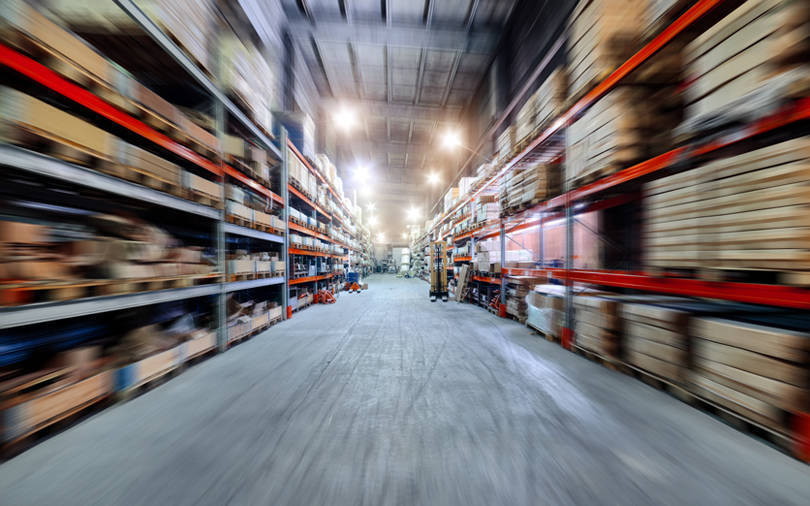
Driven by continued demand growth from a slew of sectors, the industrials and logistics real estate saw an over 50% jump in absorption rates in the third quarter of the year, a new study showed.
According to Savills India, a property advisory firm, the absorption of industrial and logistics assets rose to 17.5 million square feet in the July-September period, up from about 11.4 million square feet in the corresponding period last year.
The highest demand came from tier I cities, which are seeing fast growth of quick commerce alongside the already existent e-commerce operations.
Tier I cities led the charge in absorption, accounting for 14.0 million square feet (80%) of the total, while Tier II and III cities contributed 3.5 million square feet (20%), according to the report.
Sectorally, third-party logistics (3PL) and manufacturing led the charge, followed by fast-moving consumer goods (FMCG) and fast-moving consumer durables (FMCD) sectors, which contributed about 17% to overall demand.
However, occupiers now prefer better quality warehousing assets, the study showed, as about 54% of the net absorption during the period saw occupiers tapping grade A assets.
The quarter also saw a jump in fresh supply of industrial and warehousing assets as about 19.3 million square feet of such assets were added in the quarter, reflecting a 9% year-on-year growth.
Tier I cities accounted for the majority of this supply, with 16.4 million square feet (85%), while Tier II and III cities contributed 2.9 million square feet (15%).
The growth in absorption rates and fresh supplies is also in tandem with the rise in the share of private equity capital flows into the real estate segment during the first half of the fiscal year.
According to a report by property consulting firm Anarock Capital, the April-September period saw the share of PE flows into industrial and logistics assets grow to 67% from 16% in the same period last year.
“This trend is being accentuated by a shift from Grade B properties to Grade A options due to a growing emphasis on quality, large formats, and ESG considerations. The interest in warehouses remains high, with steady supply of investment-grade properties and healthy demand institutional and HNI investors,” the report noted.
Among the largest warehousing deals announced this year, global PE giant KKR & Co. and Abu Dhabi sovereign wealth fund Abu Dhabi Investment Authority infused a cumulative $1.5 billion in Reliance Retail Ventures Ltd’s warehousing assets. The deal was a hybrid transaction, comprising 55% senior debt, 41% subordinated quasi-equity, and the remainder equity infusion.
However, overall, PE capital inflow into India's real estate declined marginally in the six-month period, the Anarock report said. With foreign investors playing a key role in the cumulative capital inflows in the sector, a slowdown in office segment investments by foreign investors led to a 4% year-on-year decline during April-September, it said.
“Private equity investments in offices are primarily driven by foreign investors, which have tapered down due to global factors such as geopolitical tensions and elevated interest rates. However, the aggregate numbers and the dominance of foreign investors in Indian real estate remained largely stable due to the ADIA/KKR investment in the Reliance Retail warehousing assets,” said Shobhit Agarwal, the Anarock Capital head.